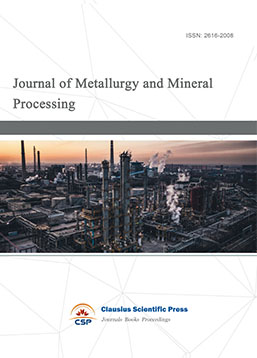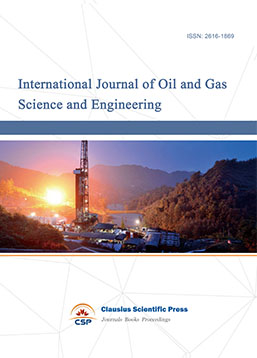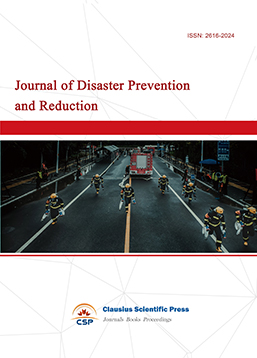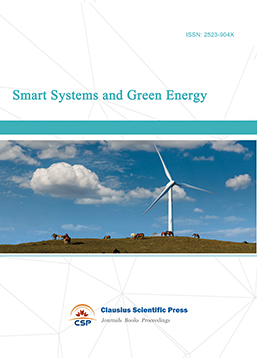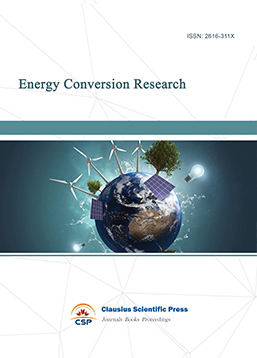Intelligent Ship Antenna Electromagnetic Compatibility Analysis and Optimal Placement
DOI: 10.23977/fpes.2024.030106 | Downloads: 33 | Views: 1665
Author(s)
Wen Yao 1, Shan Zhang 1, Zhiyu Wei 2, Dazhi Huang 2
Affiliation(s)
1 Lianyungang Center, Taihu Laboratory of Deepsea Technological Science, Lianyungang, China
2 School of Ocean Engineering, Jiangsu Ocean University, Lianyungang, China
Corresponding Author
Dazhi HuangABSTRACT
The rapid development of technology has led to the integration of more and more electronic information equipment on the same carrier platform. Due to the limited space area of aircraft, ships, vehicles, ground rescue robots and other carrier platforms, the coupling effect between equipment and equipment and complex platforms may lead to a significant decline in equipment performance, and even affect its normal work. Therefore, whether to ensure the electromagnetic compatibility of electronic information equipment in a limited space area, and improve its performance as much as possible, it becomes a key issue to determine the performance of the platform. Combined with the basic principles of antenna layout, this paper distinguishes and describes them with whip mobile communication 1#antenna, microstrip 2#antenna and rubber respectively. For the three antennas, different coupling degrees are derived by changing the distance between the antennas. The absolute value of the coupling degree is required to be no less than 35dB. The spacing coupling degree of 1# and 2#antennas, the 1# and 3#antennas, and 2# and 3#antennas are analysed at 2-4GHz and 8-12GHz or 0.8-1.5GHz respectively, and the optimal position distance is finally obtained.
KEYWORDS
Electromagnetic compatibility, Coupling effects, Antenna, LayoutCITE THIS PAPER
Wen Yao, Shan Zhang, Zhiyu Wei, Dazhi Huang, Intelligent Ship Antenna Electromagnetic Compatibility Analysis and Optimal Placement. Frontiers in Power and Energy Systems (2024) Vol. 3: 45-54. DOI: http://dx.doi.org/10.23977/fpes.2024.030106.
REFERENCES
[1] He H K, Wang N, Huang D Z, et al. Active vision-based finite-time trajectory-tracking control of an unmanned surface vehicle without direct position measurements[J]. IEEE Transactions on Intelligent Transportation Systems, 2024, 1-12.
[2] Genender E, Garbe H, Sabath F. Probabilistic risk analysis technique of intenti onal electromagnetic interference at system level [J]. IEEE Transactions on Electromagnetic Compatibility, 2014, 56(1), 200-207.
[3] E P Li, X C Wei, A C Cangellaris, et al. Progress review of electromagnetic compatibility analysis technologies for packages, printed circuit boards, and novel interconnects [J]. IEEE Transactions on Electromagnetic Compatibility, 2010, 52(2), 248-265.
[4] Catarinucci L, Colella R, Mainetti L, et al. Smart RFID antenna system for indoor tracking and behavior analysis of small animals in colony cages[J]. IEEE Sensors Journal, 2013, 14(4), 1198-1206.
[5] Khan A Q, Riaz M, Bilal A. Various types of antenna with respect to their applications: a review[J]. International Journal of Multidisciplinary Sciences and Engineering, 2016, 7(3), 1-8.
[6] E Custovic, A J Mcdonald, Whittington J, et al. New antenna layout for a super darn hf radar[J]. Radio Science, 2013, 48(6), 722-728.
[7] P Pagani, R Razafferson, A Zeddam, et al. Electro-magnetic compatibility for power line communications[C]. 21st Annual IEEE International Symposium on Personal, Indoor and Mobile Radio Communications, 2010, 2799-2804.
[8] Holloway C L, Mckenna P M, Dalke R A, et al. Time-domain modelling, characterization, and measurements of anechoic and semi-anechoic electro-magnetic test chambers [J]. IEEE Transactions on Electro-magnetic Compatibility, 2002, 44(1), 102-118.
[9] Z H Lu, J B Liu, P G Liu. A novel method of ambient interferences suppressing for in situ electromagnetic radiated emission test [J]. IEEE Transactions on Electro-magnetic Compatibility, 2012, 54(6): 1205-1215.
[10] L Y Ma, J J Bi, Y M Wang, A new electromagnetic radiation emission test system[J]. 2019 IEEE 6th International Symposium on Electromagnetic Compatibility (ISEMC), 2019, 1-5.
[11] S H Yeung, C F Wang. 'Exploration of characteristic mode theory for electromagnetic compatibility modelling' 2018 IEEE International Symposium on Electromagnetic Compatibility and 2018 IEEE Asia-Pacific Symposium on Electromagnetic Compatibility (EMC/APEMC), 2018, 1278-1282.
| Downloads: | 493 |
|---|---|
| Visits: | 34890 |
Sponsors, Associates, and Links

 Download as PDF
Download as PDF